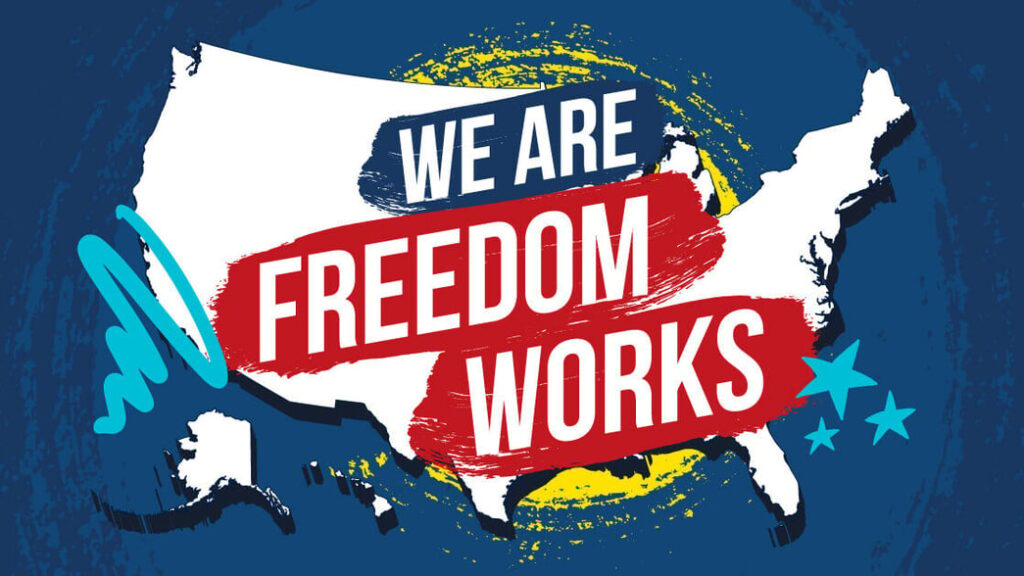Premiums for the cheapest of ObamaCare’s pricey health plans are going to jump by 14 percent
Though consumers won’t see insurance premiums for health plans on ObamaCare exchanges until open enrollment period begins on November 15, an recent analysis conducted by Investor’s Business Daily has shed some light on what they can expect for low-tier Bronze plans, the lowest tier plans, generally cheapest available for purchase:
An examination of next year’s rates in the biggest city in 15 states and Washington, D.C., reveals that the cost of the cheapest bronze plan will jump an average of 13.9% for 40-year-old non-smokers earning 225% of the poverty level ($26,260).
In Seattle, the cost of the cheapest bronze plan, after subsidies, will soar 64%, from $60 to $98 per month, for individuals at this income level. Some other cities seeing notable gains include Providence (up 38%, from $72 to $99 per month); Los Angeles (up 27%, from $88 to $111); Las Vegas (up 22%, from $100 to $122); and New York (up 18%, from $97 to $114).
The surge in the cost of the cheapest subsidized bronze policy could negatively impact enrollment in 2015. This year, 39% of bronze plan choosers picked the lowest-price option. One might expect that share to rise in 2015, when millions of people who passed on ObamaCare exchanges this year are expected to enroll.
IBD didn’t get into what’s driving the increases, but there are a few reasons why premiums are being driven upward, perhaps even a mix of reasons. Unbalanced risk pools — those with a larger than expected percentage of older and sicker people — could be driving the increases in some areas. In July, Aetna CEO Mark Bertonili explained that older and sicker customers will utilize more medical care, which is why insurers are relying on a bailout from the administration to help them mitigate any anticipated losses.
ObamaCare’s mandates, taxes, and fees are big drivers that caused last year’s rate shock. In an analysis released in March, eHealthInsurance.com noted that average individual health insurance premiums rose by 37 percent between 2005 and 2013 and 31 percent for the average family premium. But, in 2014 alone, individual premiums jumped by 39 percent for an individual and 56 percent for a family plan.
The mandates are already worked into the price of 2015’s premiums, so the increases aren’t as eye-popping as what consumers experienced last year, but still, a 14 percent increase isn’t anything to shrug off. A $38 monthly premium increase could make or break some people who are still struggling to get by in this economy.
At the end of the day, consumers aren’t going to firm information until mid-November, a cleverly designed date to avoid any unwanted surprises just before the mid-term election, but anyone who is buying should beware.
Related Content
FreedomWorks Letter to Congress in Support of the Fiscal Commision Act (H.R. 5779)
FreedomWorks Letter to Congress in Support of Fiscal Commision Act (H.R. 5779)




